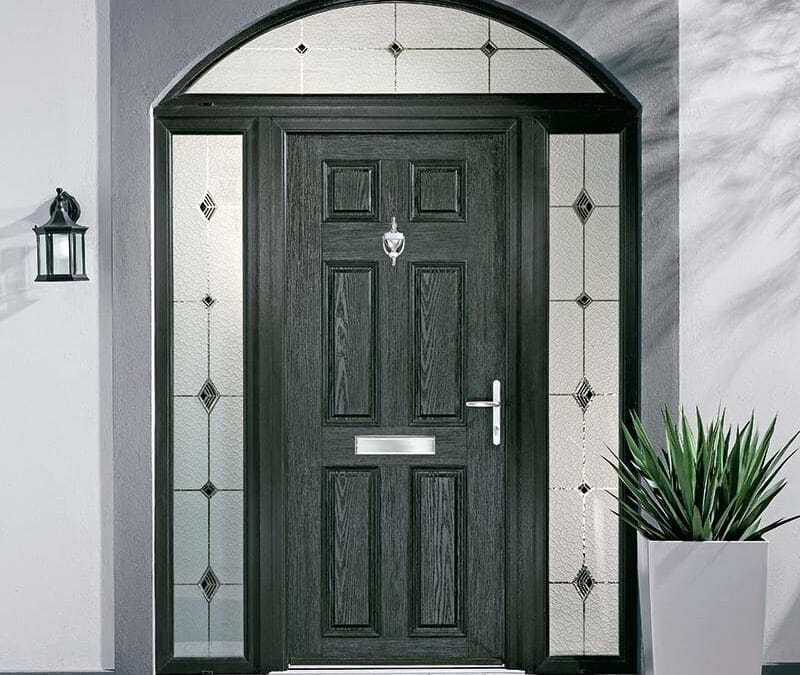From food to fuel, gas to electricity, rent and interest rates you don’t need us to tell you that the price of everything is going up and continuing to rise. One recent YouGov poll of more than 2,000 UK adults found that just under a third reported having fallen behind with at least one bill.
Energy costs in particular are, of course, soaring and we’re all wondering how we can pay less to keep our homes warm. You may not be aware that a home typically loses up to 40% of its heat through doors and windows.
Here are some of our tips for things you can do to minimise heat loss:
1.) Thick curtains
These are a great (and low-tech!) way of protecting your home from losing heat via the windows. And those with a thermal lining don’t have to cost the earth. Generally speaking, the thicker you go the better. And you can even line them yourself, with a material such as cheap fleece or even a PVC shower curtain. You could also consider having a covering over the backs of doors. Remember to open them during daylight hours to maximise its warmth.
2.) Draught-proofing
You can get draught-proofing strips to go around the window frame for the gap between the window and the frame. Choose from self-adhesive foam versions which are cheap and simple to fit, or the longer-lasting but slightly more expensive metal or plastic ones. It may sound obvious, but ensure the strip is the right size to fit the window gap.
3.) Shutters
Shutters are a fantastic, cost-effective way of adding a layer of insulation to your windows. When fully closed, they’ll keep the warm air in your room and money-sapping draughts at bay. If you have them, remember to close them at night. If they’re past their best, consider replacing them with newer models. Insulated blinds could offer an equally effective alternative.
4.) Doors
You can also lose a lot of heat through doors. Block up any entry point for cold air. Measures include having a metal disc to cover the keyhole, a brush to seal your letterbox and a brush or hinged flap draught excluder to cover the gap at the top or bottom of the door. For the gaps around the sides, you can use foam, brush or wiper strips like the ones for windows. It’s also worth getting a good old-fashioned draught excluder.
You really only need to draught-proof internal doors if they lead on to a room you don’t usually heat. Keep internal doors shut to keep in the warmth in the rooms where you spend the most time.
5.) Frame materials
While the design and material of your window frames will affect heat loss, there are high-performing models available using any of the main frame materials. That includes wood, uPVC, composite and aluminium units. Keep this in mind if you’re replacing your windows.
6.) Double glazing
These have two sheets of glass with a gap in between, usually of about 16mm. The gap between the panes is filled with an inert gas such as argon, and this is fully sealed. The most energy-efficient type of glass for double or triple glazing is low-emissivity (low-E) glass.
Fitting double glazing can potentially shave up to nearly £200 off your energy bills, not to mention 330kg of carbon emissions.
Manufacturers demonstrate their products’ energy efficiency via an energy-rating scale from A++ to E. The whole window is assessed for heat loss, draughts and solar gain, for a rating that accurately conveys the overall impact of installing a window in your home.
For A++-rated double-glazed windows, replacing single glazing, you could save up to £235 annually, plus 405kg of carbon dioxide.
Talk to us
At Isis, our windows and doors exceed industry standards to maximise their effectiveness. Get in touch for an informal, no-obligation chat about which of our products would best suit your home. And we know quite a lot about energy efficiency, so we’re ideally placed to offer advice and discuss the above tips in more detail, including if you live in a conservation area or listed building where different considerations apply.

